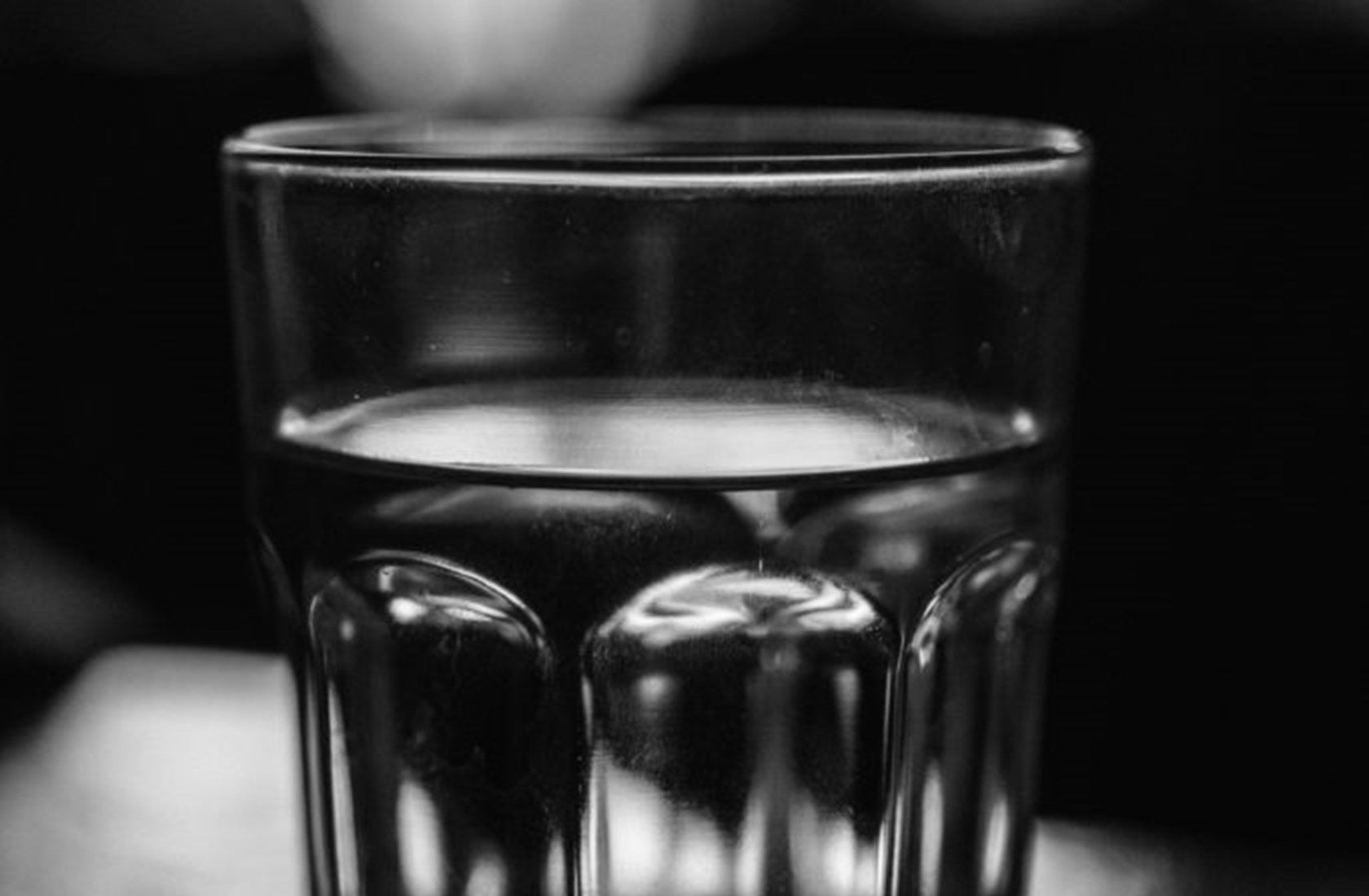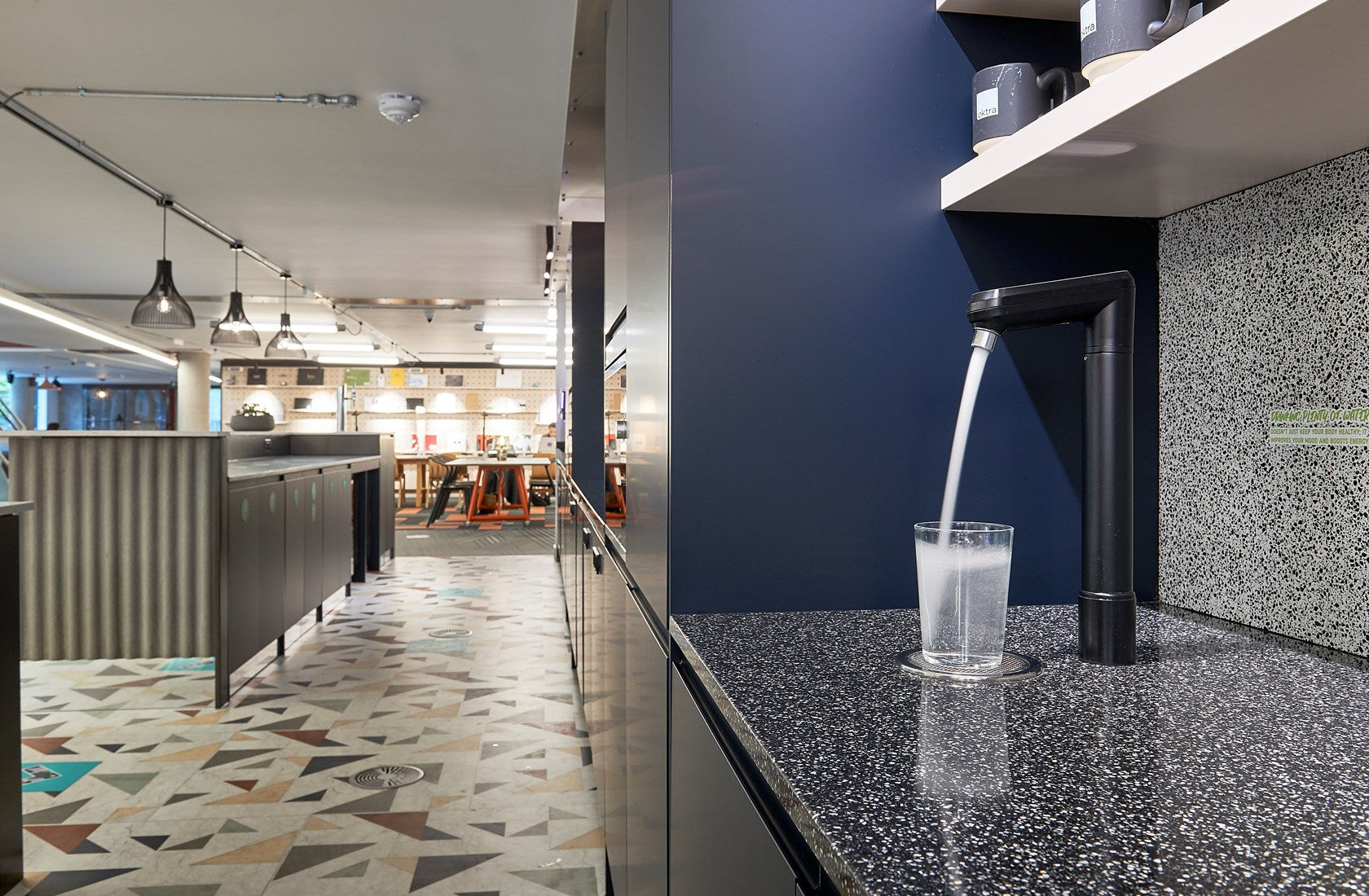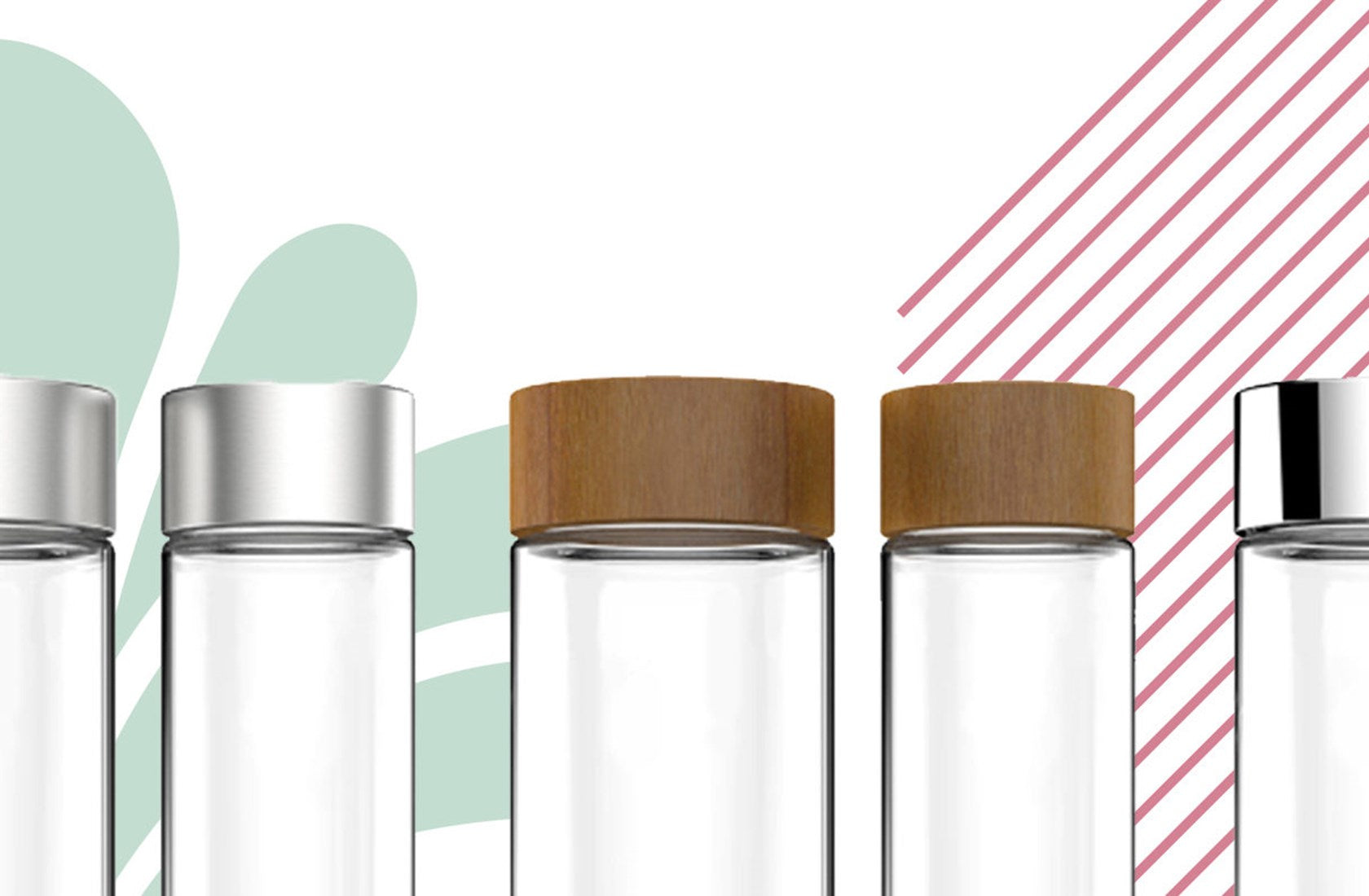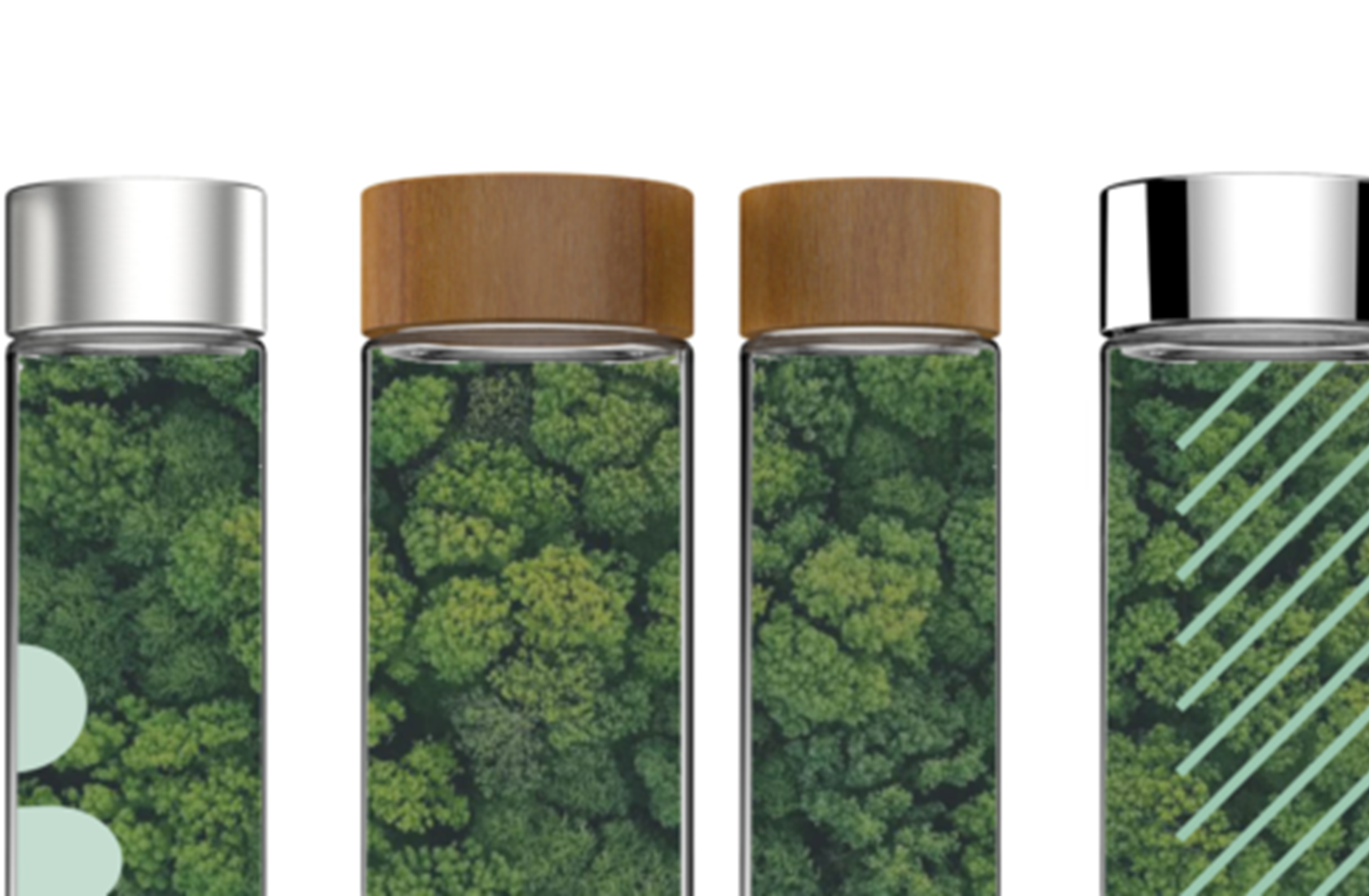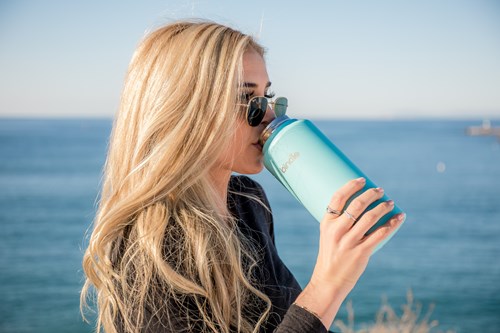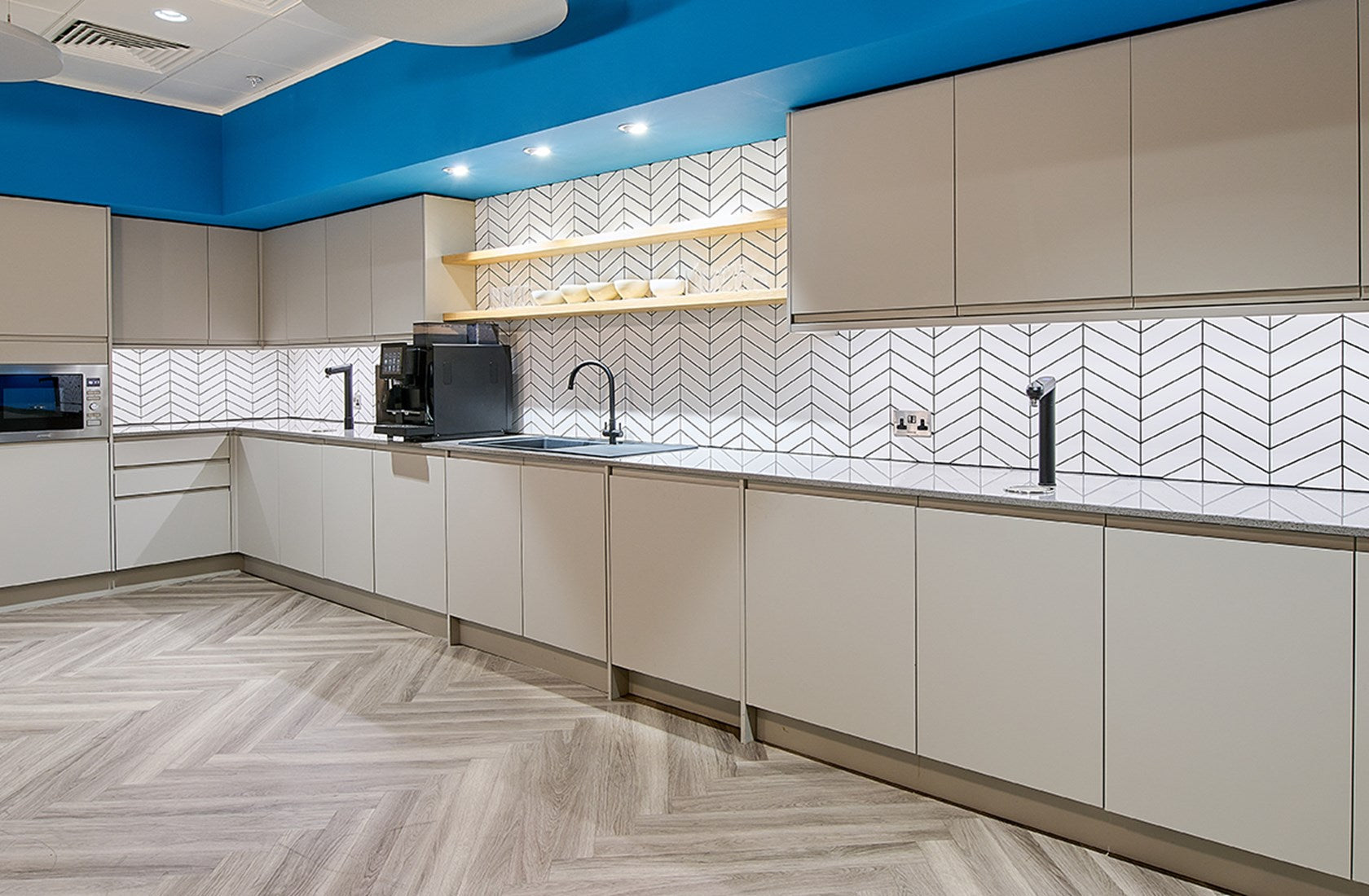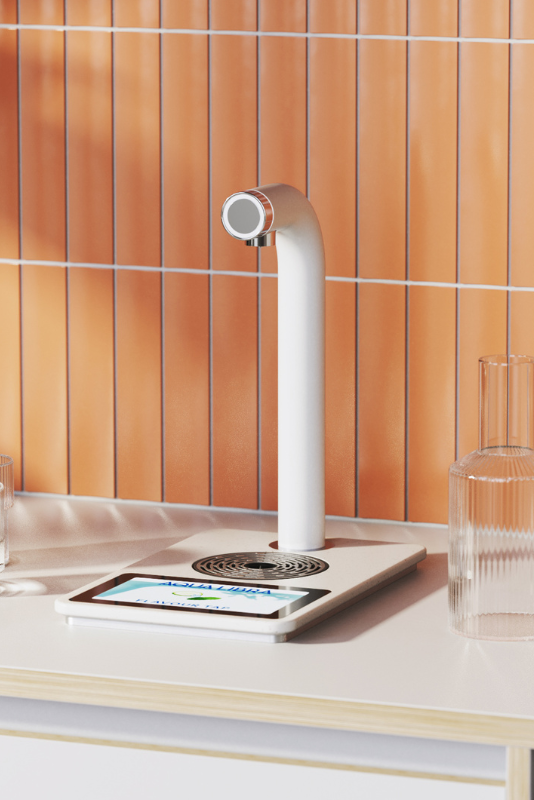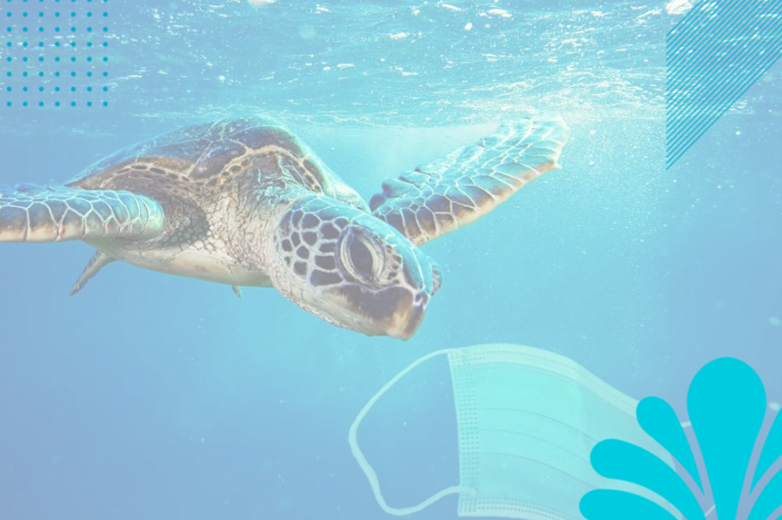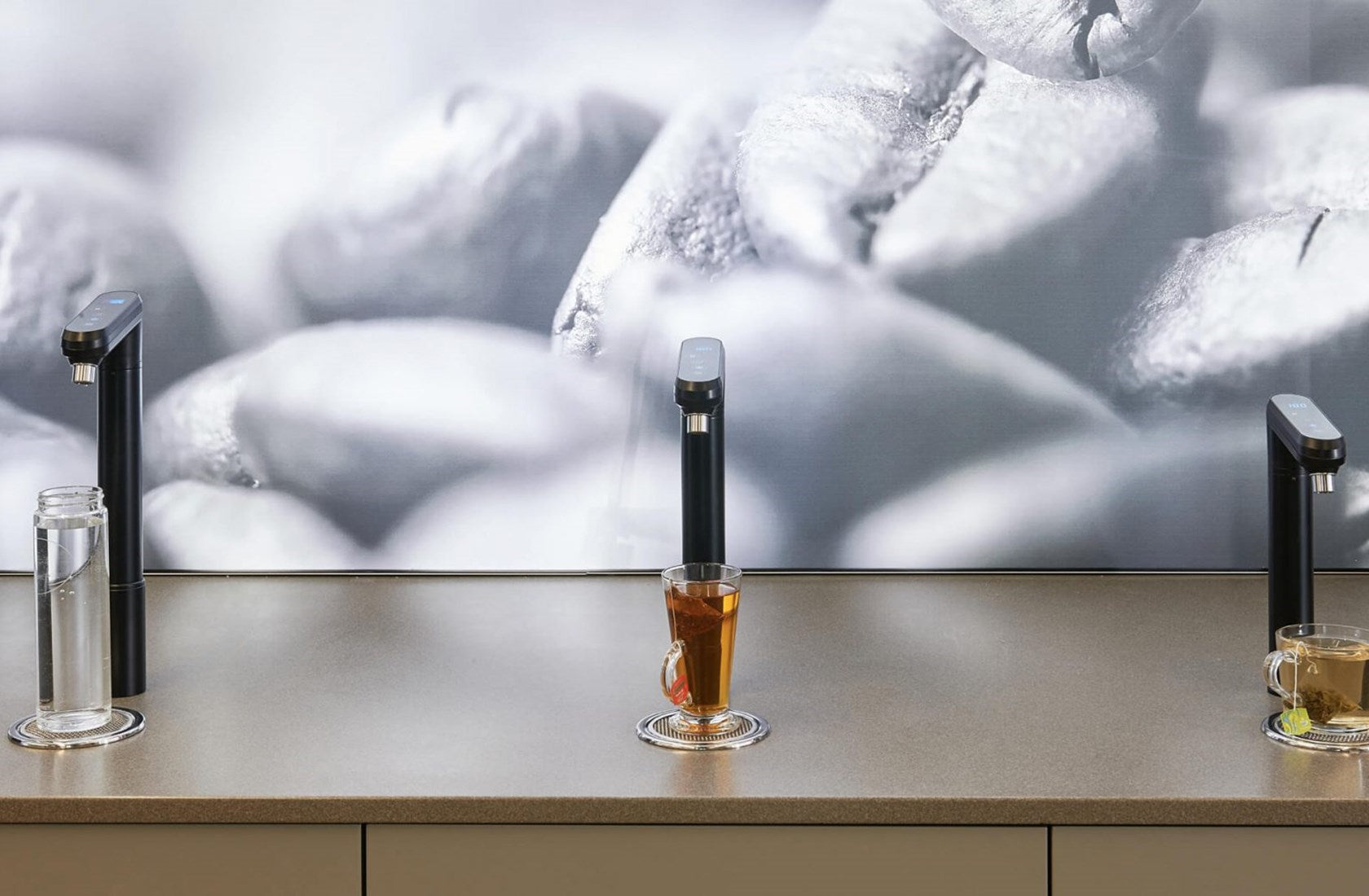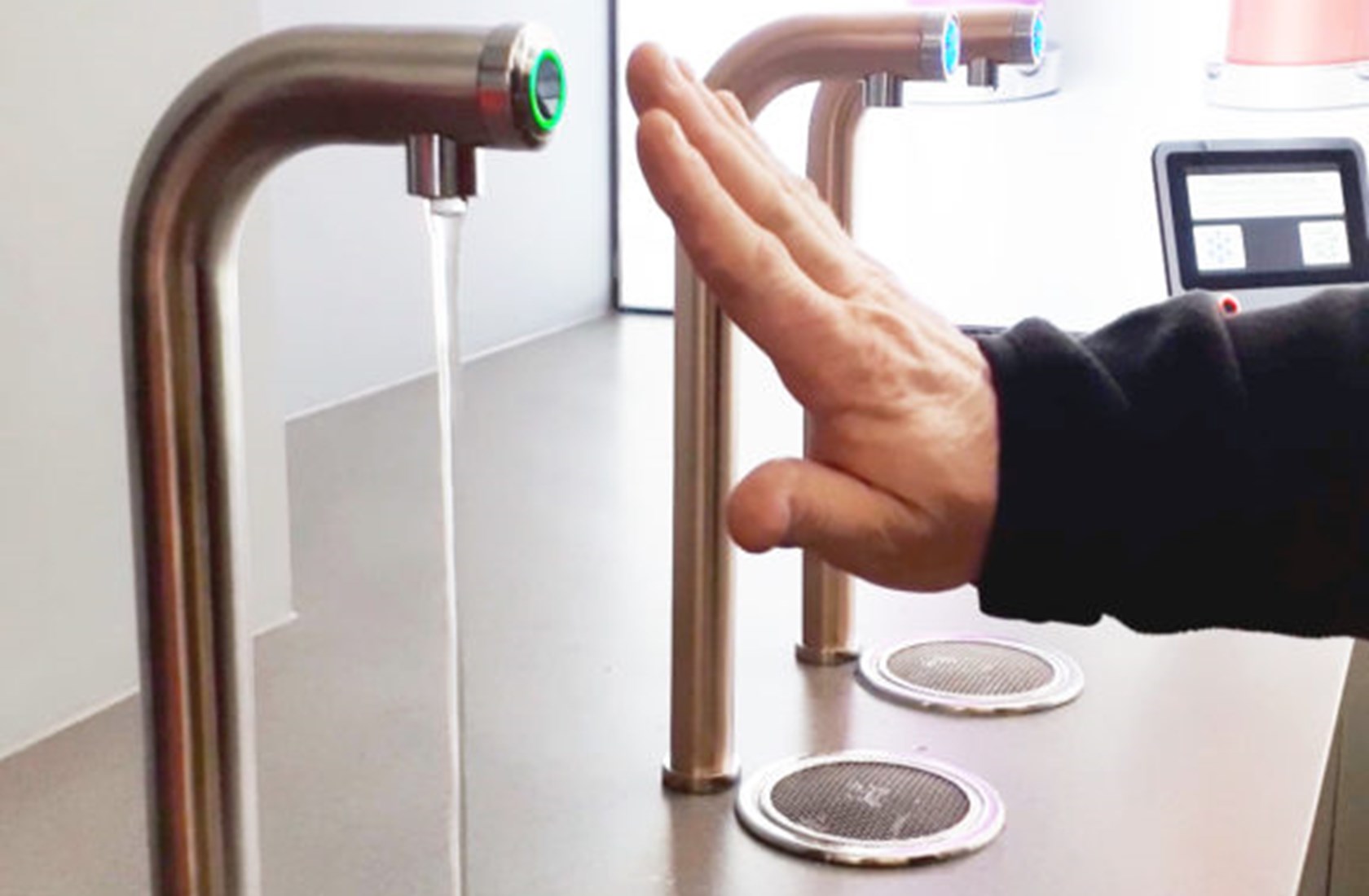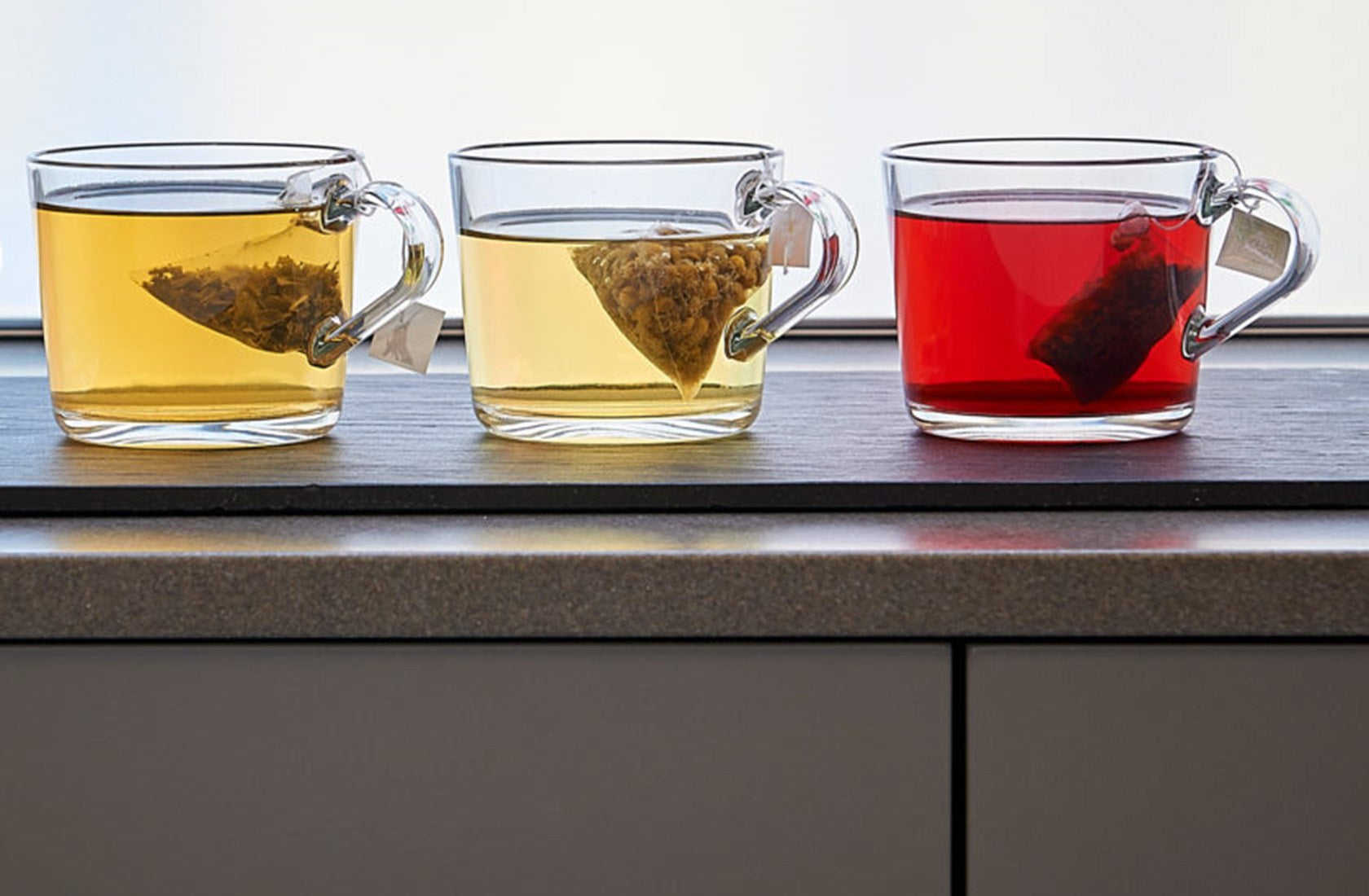We’ve picked out five amazing hot drinks – each one a traditional beverage in a particular part of the world. You may have heard of some of them, and you may have tasted some of them. Maybe, like some of us at Aqua Libra Co, you’re reading about them for the first time!
In this article, we look at karkadé from Egypt, sahlab from Turkey, sarabba from Indonesia, and champurrado from Mexico.
First, though, let’s go to Tibet for butter tea.
Butter tea (Tibet)
Butter tea – also known as Tibetan salty tea or Tibetan yak butter tea – is a thick, nutritious drink which has been consumed in Tibet since the 13th century. Made from a strong brew of black tea, yak-milk butter, and salt, butter tea is a traditional drink in Tibet.
For thousands of years, the domesticated yak (Bos grunniens) has been a staple resource in Tibet, farmed for its milk, meat, and fibre. Dried yak droppings are an important source of energy in Tibet – and in some areas, the only available fuel. Whilst female yaks are bred for their nutritious milk (7.0% fat, 5.5% protein, 5.5% lactose, 100 kcal per 100g), the males are kept as draught animals.
Traditionally, Tibetan butter tea is made with compressed bricks of black tea (dried and fermented Camellia sinensis leaves), steeped for hours in hot water. The tea is strained through a sieve of natural fibre, often horsehair or reed, and then salt is added. The salty tea is churned with yak’s butter in a wooden butter churn and finally transferred to a copper pot for serving.
Today, Tibetans often use teabags to make a salty brew, and then use a blender to mix in the butter – not necessarily yak’s butter. Fundamentally, the drink is the same as it’s always been. A simple combination of tea, butter, and salt.
Champurrado (Mexico)
Champurrado is a chocolate-flavoured version of atole – a sweet, spicy hot drink, thickened with maize flour. A popular beverage in Mexico, Champurrado has deep roots in the history of Mesoamerica and carries a lot of cultural significance.
Chocolate is produced from the roasted and ground seeds of Theobroma cacao, a plant that’s native to South America and Mesoamerica. The specific name, cacao, is a Hispanicisation of the natives’ names for the tree. The generic name, Theobroma, is from Ancient Greek theos (god) and broma (food) – i.e. “food of the gods”.
Other traditional ingredients of Champurrado include piloncillo (an unrefined sugar also known as Mexican brown sugar) and masa harina (maize flour). However, wheat, rice, or oatmeal flour can be used in place of masa harina, and other kinds of sugar are perfectly good substitutes for piloncillo. Cinnamon, vanilla, or orange can be added for flavour – and for extra nutritional value, egg yolks or ground nuts.
So, to make Champurrado: heat water in a pan with sugar and cinnamon; add chocolate; make a paste from masa harina and water and add to the pan; whisk well; simmer until it thickens.
Sarabba (Sulawesi, Indonesia)
Sarabba, which originates from the Indonesian island, Sulawesi, is a sweet, ginger-flavoured hot drink, characterised by the smooth texture of coconut milk. It’s one of the most popular hot drinks in Sulawesi.
To make sarabba, put some crushed ginger into boiling water and allow the ginger to infuse. Then add sugar and flavouring, which is commonly cinnamon, lemon grass, black pepper, or white pepper. When the sugar has dissolved and all flavours have infused, sieve the brew, and add coconut milk. Finally, for a thicker, more nutritious drink, whisk in some egg yolk.
Sahlab (Turkey)
Made from salep – the ground tubers of certain orchids (notably Orchis mascula and Orchis militaris) – sahlab is a hot, creamy, nutritious drink that’s been popular throughout most of Europe at some time or other.
Salep is a flavoursome thickening agent. It’s also incredibly nourishing, as orchid tubers are rich in glucomannan, a carbohydrate that’s stored for the plant’s seasonal growth.
In England, sahlab was known as saloop; being cheaper than tea and coffee, the drink was an English favourite during the 17th and 18th centuries. However, when it became known that saloop was an effective cure for venereal disease, it took on shameful connotations and people were reluctant to drink it in public. As its popularity waned, saloop houses in London were replaced with tea and coffee houses.
In recent years, sahlab has become more popular than ever in Middle Eastern countries, especially Turkey. With increasing demand for salep, intense harvesting of orchids is putting certain species in danger of extinction. In the interests of sustainability, many manufacturers of
desserts traditionally made with salep are substituting cornflour with added flavouring for an authentic taste.
Sahlab is made by boiling salep (or an alternative cornflour blend) and sugar in water or milk. When it’s thickened, the sahlab can be flavoured with cinnamon, coconut, pistachios, orange, rosewater, or anything else you fancy!
Karkadé (Egypt)
Karkadé is an infusion made from the dried calyces of Hibiscus sabdariffa. The drink is known in English as hibiscus tea or roselle; roselle is the common name for Hibiscus sabdariffa.
Rich in vitamin C, iron, calcium, riboflavin, and numerous other vitamins and minerals, roselle is recognised for its nutritional and medicinal properties. For many centuries, people in Africa, where Hibiscus sabdariffa originated, have been consuming its leaves, stems, roots, flowers, and fruits. The plant is also harvested for its strong blast fibre, which is used for making paper, rope, and yarn.
When roselle has finished flowering, its calyx (collective term for the sepals) grows into an accessory fruit (a fruit derived from material other than the floral ovary). This bright red fruit, with a flavour often likened to cranberry, is widely used as a colour additive in packaged food. Its popularity as an infusion, however, has begun to spread all over the world.
Karkadé is made from the dried calyx component of the roselle fruit. Many people enjoy the pure, unadulterated taste of the infused roselle. Others prefer a little added sweetness.
Pure water
Aqua Libra Co is the only company in the industry to dispense purified hot water. Pure water means zero limescale and zero pathogens. And the taste of hot drinks made with pure water is always that bit nicer!
To talk to us about water dispensers for your office or venue, give us a call on 0800 080 6696 or email
[email protected].
